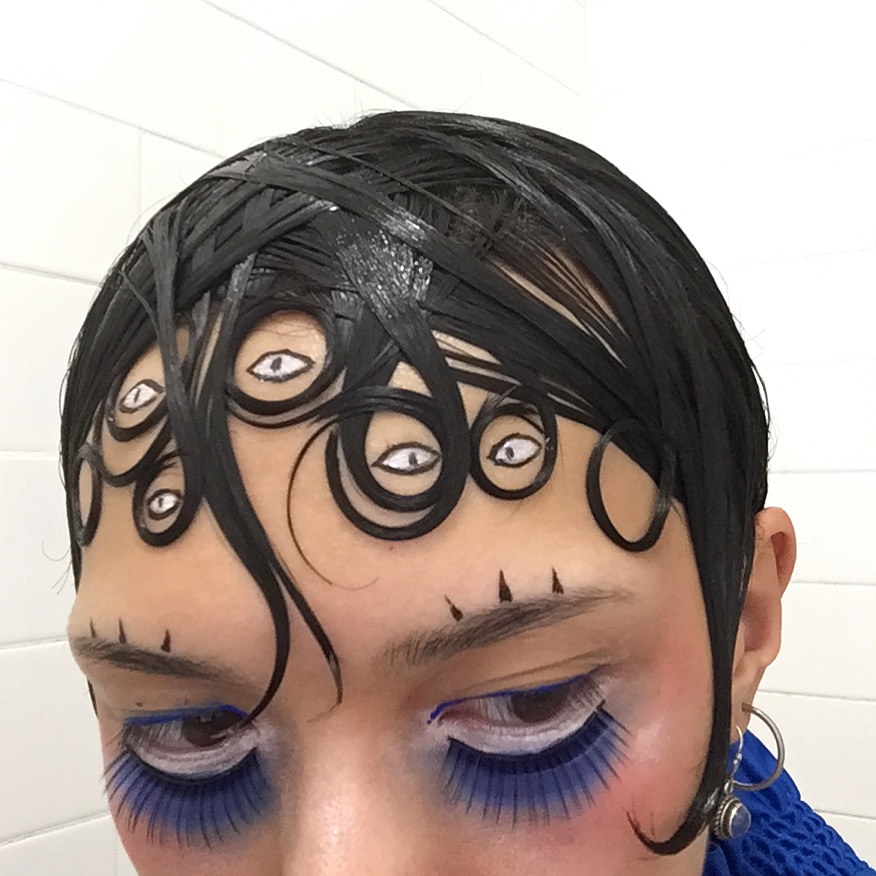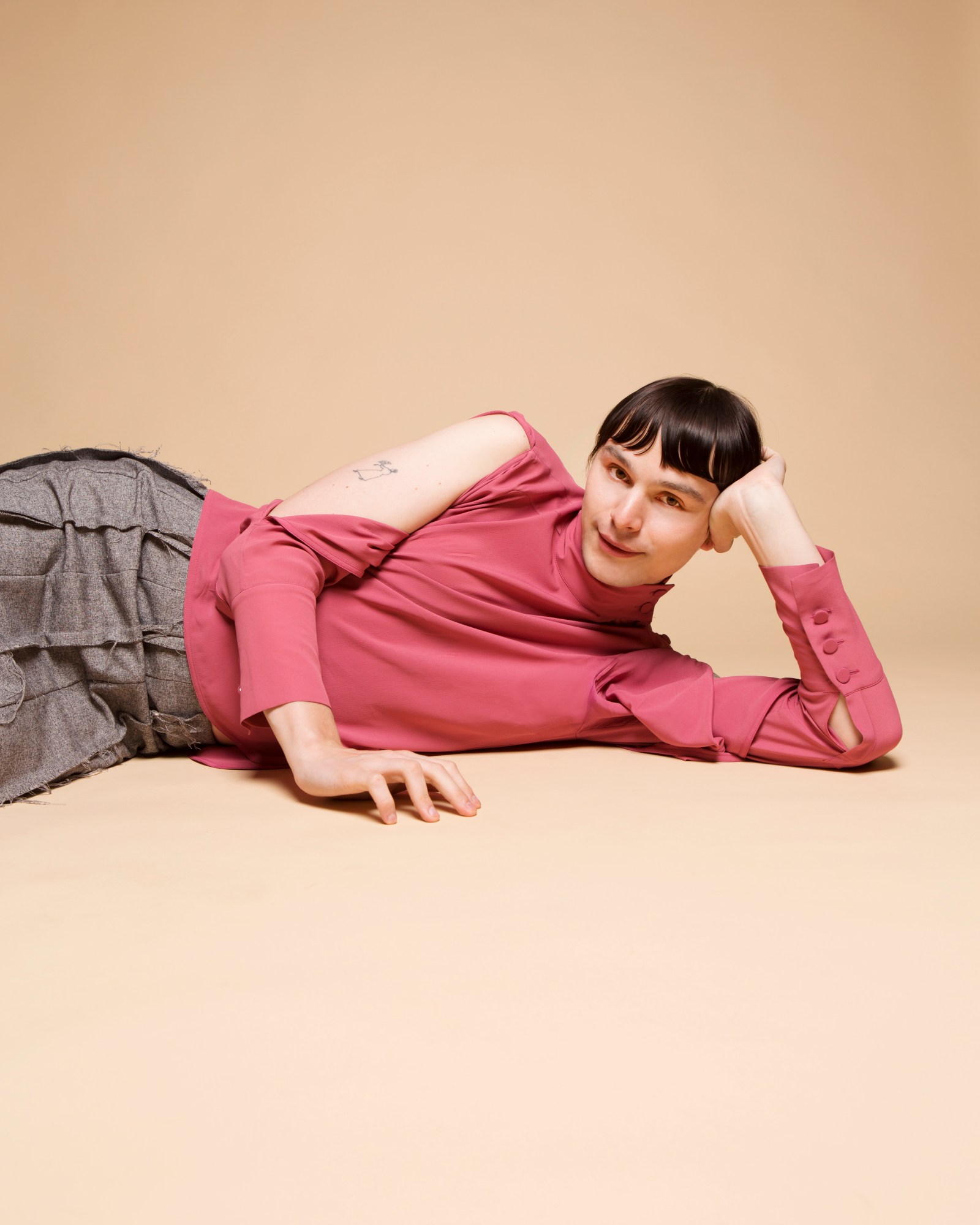Supported by Aveda
In the center of my left thigh, there sits a roughly six-by-six-inch black and gray tattoo that was given to me by my partner just over three years ago. It depicts the floating head and manicured hand of Britney Spears, frozen in the iconic 2007 moment of shaving her head, an act that spawned a massive tabloid spectacle and, a decade later, remains fodder for a myriad of internet trolls and memes.
I grew up with Britney. When I was a toddler, she was a Mouseketeer, and I was five years old when …Baby One More Time was released. It was the first CD I owned, reluctantly purchased for me by my classic rock-loving parents after some minor kicking and screaming. I instilled awe, or something like it (fear, perhaps, for my soul), at family functions with carefully rehearsed performances to Oops I Did it Again and Lucky, lip syncing in front of the fireplace, decked out in a heap of beaded Mardi Gras necklaces, a Dracula cape regurgitated from a bin of defunct Halloween costumes, and pounds of my then-teenage sister’s drug store blush. Whether it was Circus, Gimme More, or Toxic, she made a cameo on every playlist I curated through high school, through college, last week. Britney—always just “Britney,” as if allowing her a last name would mean she was, spoilers, an actual human—was a singing doll. I bought the package and consumed the fantasy.
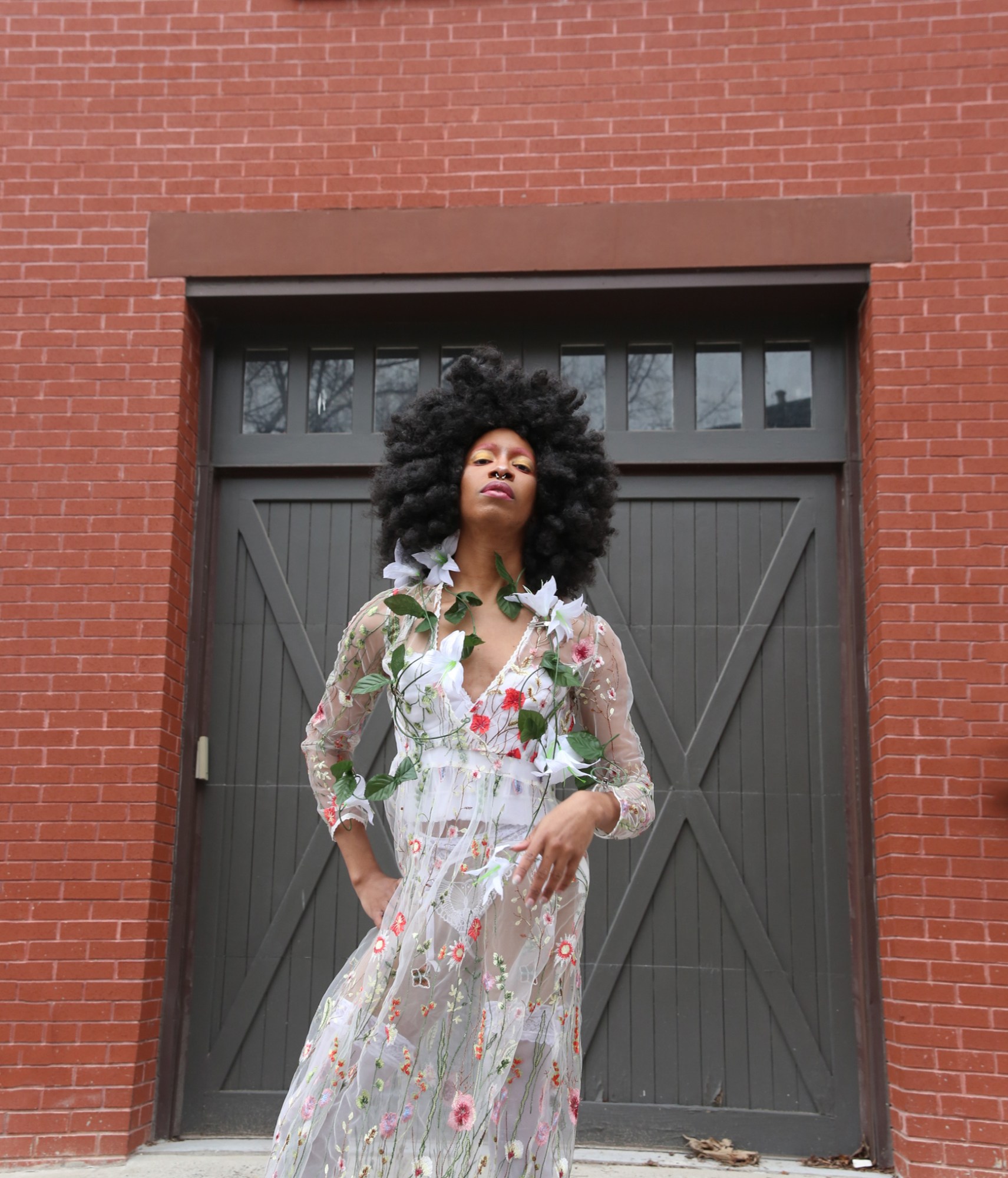
I watched closely, wide-eyed, as the media documented her slow descent: the divorce, the two children, the pantyless up-skirt shots, the binge partying. Her quarrels with Federline continue to make headlines today, somehow, despite her serene contemporary social media presence (she’s taken up painting, ya’ll, and it’s amazing). At the moment of her public decapitation, of sorts, when she stepped into a Tarzana, California hair salon and shaved her head, the image was immediately and forever burned into my memory. There were initial feelings of pity—I succumbed to the pity porn, I’ll admit it—but those soon dissipated, leaving other emotions in their absence.
I related to her.
This was, above all, an empowering moment. By stripping herself of her Barbie-blonde hair, considered desirable for the pop starlet that was sexualized from a young age, Spears removed one of her clearest outward symbols of femininity. Liberated from the money-making vehicle, she took control of her body. For the star who was rarely at the wheel of her life or career, this was perhaps one of the first times. “People thought that it was me going crazy and stuff like that,” Spears told MTV in a 2008 interview for documentary For The Record. “But people shave their heads all the time. I was going through a lot, but it was just kind of like me going through a little bit of rebellion, or feeling free, or shedding stuff that had happened, you know?”
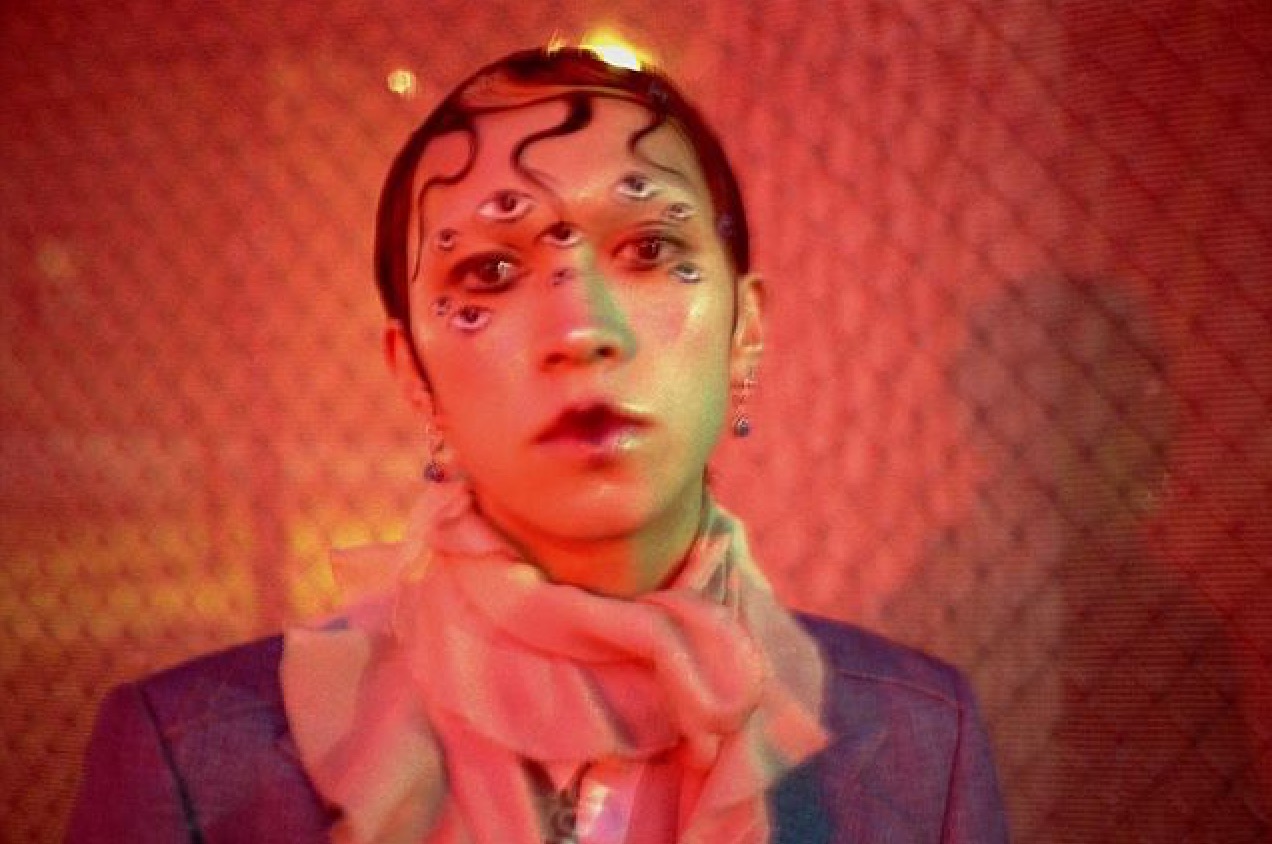
My relationship with my body has been complicated for much of my adolescent and adult life. Standing at six feet and three inches, transfeminine, and a little fuzzy, I’m visible and I’m clockable. I rarely leave the house without dangling earrings, tall shoes, long dresses, short skirts, foundation collecting atop my stubble. The decision to feel beautiful and in-tune with my identity comes at the cost of feeling safe, especially as the death toll of trans individuals, especially trans women, gains each year.
That said, my appearance can be a vehicle for agency, a daily playground that I can change and alter to express who I know I am to the outside world. The ability to change my outward appearance through makeup and clothing is incredibly affirming and empowering, in lieu of access to funding for the surgeries I’d like to undergo. My hair is an especially crucial accessory because it is an extension of my physical body, as opposed to clothing that only sits on top. Today, it manifests my inner Capricorn in the form of a bob, though it has taken a number of expressive forms throughout the years. From scene swoops to twinky bowl cuts to a shaved dome, a la Miss Spears, each reflecting a specific wrinkle in time, formative moments that have made me who I am today.
Other queer folks share similar feelings about their hair and its importance in affirming their identities. Davina Hart, a Brooklyn-based wigmaker and poet, tells me that she learned to love her own hair by watching her mother. “Growing up I saw my hair as ugly, unkempt, too big,” she says. “But as I got older, I watched my mom taking care of her natural hair and wearing many wigs when she wasn’t being natural. Her hair was curly, soft, long, and beautiful, things that I now attribute to my own hair.” Today, she understands her hair as being deeply connected to her gender identity. “Wigs are more than just an accessory or prop for a costume,” she continues. “Now that I feel very much in my body and proud of my transfeminine alien goddess identity, I see my hair as a crown.
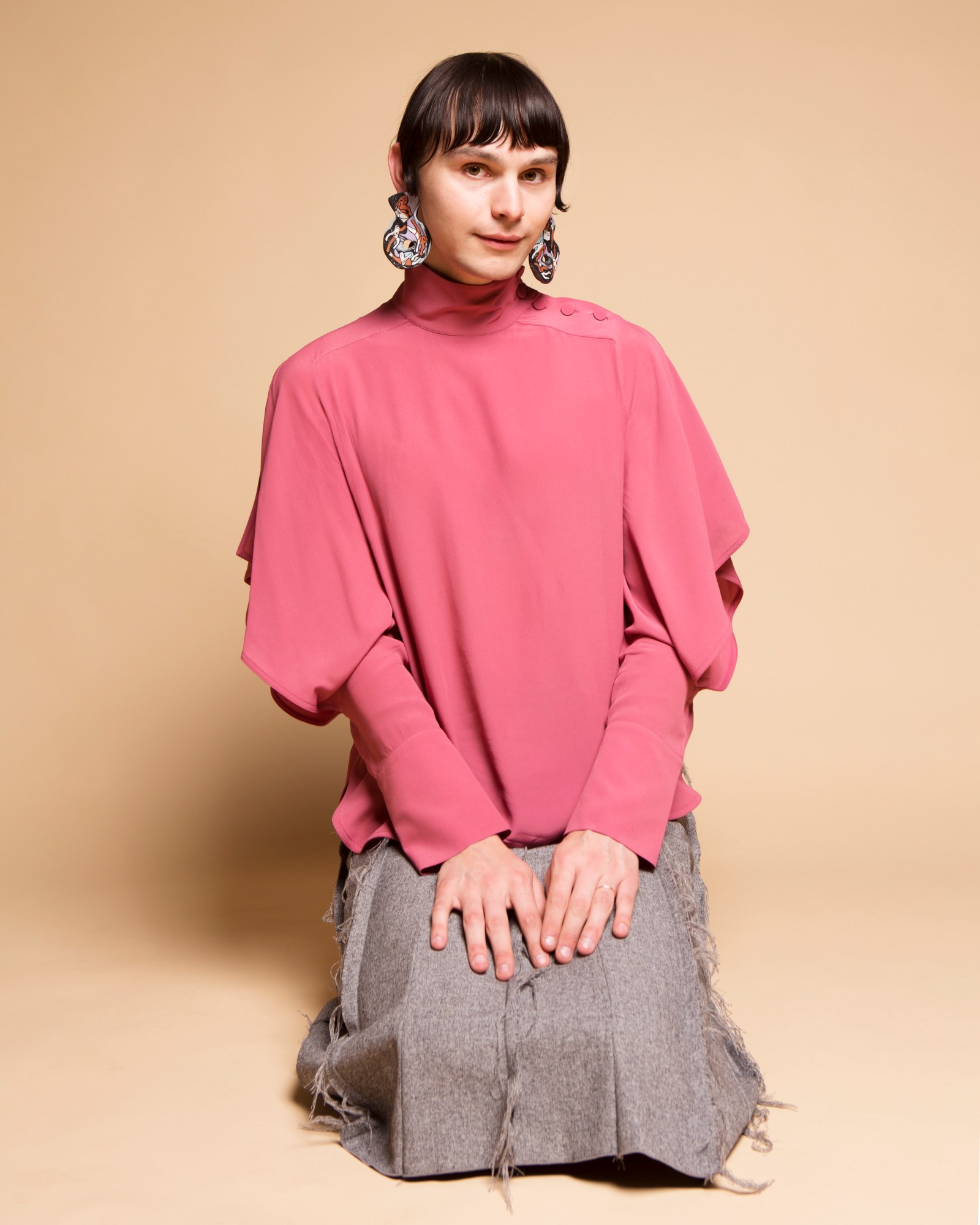
“At eight years old, I shaved my head and eye brows and it was the closest I’ve been to my gender identity perfection, says poet and visual artist Precious Okoyomon, who hints at the release of her first full-length book from Birds LLC. She notes that her hair gave her the ability to understand and play with her identity as a queer black woman. “My identity is so intertwined in my hair. It’s part of who I am, how I choose to be perceived.” She adds, “I really would like for people to stop touching it without asking.”
Meanwhile, Bailey Skye, the performer behind queer electronic outfit Nightspace, sees their hair as an extension of their artwork, as well as a reflection of their heritage. “Hair is a medium, another way to express myself,” they explain. Skye is known within New York City’s nightlife for their wild makeup and hair looks, which often feature curlicue baby hairs and numerous eyes painted on their face. “My dark black hair calls to my past, an ode to my ancestors. Through my queerness and heritage I create something new. The blend of playfulness and sacred shapes are reminiscent of my identity.”
Chances are, dear reader, your hair means something incredibly personal and specific to you. To me, as well as to much of my queer fam, my locks are an outward representation of my inner self, a part of my body that I can control when other parts are simply what they are. The tattoo on my thigh, though it’s faded a bit over the years, is a reminder that I am in control of my hair, my body, and my future. In the words of Britney Spears, “I’m like the ringleader. I call the shots.”
